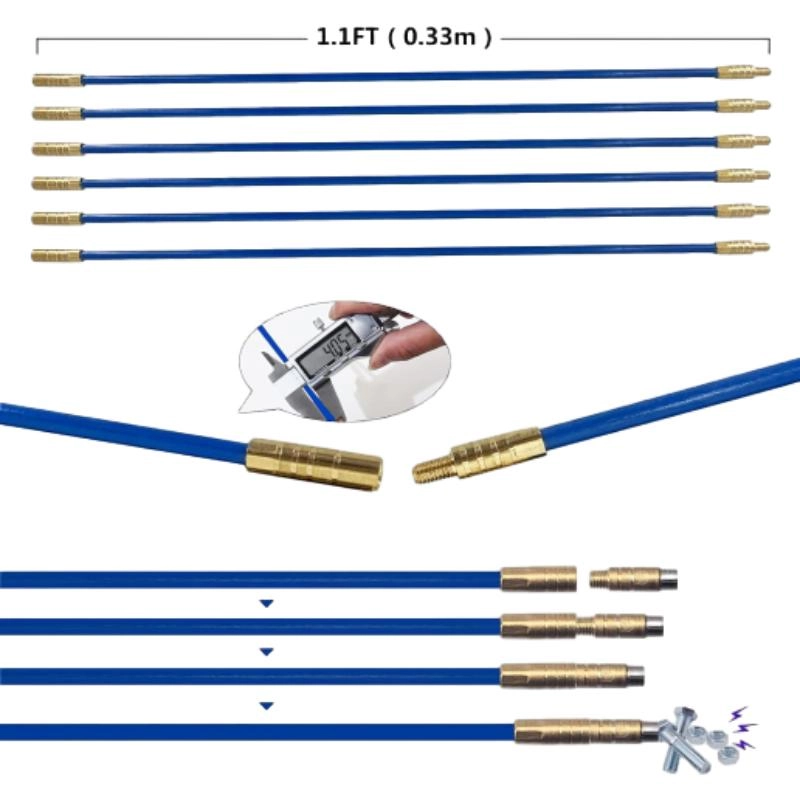
-
 Afrikaans
Afrikaans -
 Albanian
Albanian -
 Amharic
Amharic -
 Arabic
Arabic -
 Armenian
Armenian -
 Azerbaijani
Azerbaijani -
 Basque
Basque -
 Belarusian
Belarusian -
 Bengali
Bengali -
 Bosnian
Bosnian -
 Bulgarian
Bulgarian -
 Catalan
Catalan -
 Cebuano
Cebuano -
 Corsican
Corsican -
 Croatian
Croatian -
 Czech
Czech -
 Danish
Danish -
 Dutch
Dutch -
 English
English -
 Esperanto
Esperanto -
 Estonian
Estonian -
 Finnish
Finnish -
 French
French -
 Frisian
Frisian -
 Galician
Galician -
 Georgian
Georgian -
 German
German -
 Greek
Greek -
 Gujarati
Gujarati -
 Haitian Creole
Haitian Creole -
 hausa
hausa -
 hawaiian
hawaiian -
 Hebrew
Hebrew -
 Hindi
Hindi -
 Miao
Miao -
 Hungarian
Hungarian -
 Icelandic
Icelandic -
 igbo
igbo -
 Indonesian
Indonesian -
 irish
irish -
 Italian
Italian -
 Japanese
Japanese -
 Javanese
Javanese -
 Kannada
Kannada -
 kazakh
kazakh -
 Khmer
Khmer -
 Rwandese
Rwandese -
 Korean
Korean -
 Kurdish
Kurdish -
 Kyrgyz
Kyrgyz -
 Lao
Lao -
 Latin
Latin -
 Latvian
Latvian -
 Lithuanian
Lithuanian -
 Luxembourgish
Luxembourgish -
 Macedonian
Macedonian -
 Malgashi
Malgashi -
 Malay
Malay -
 Malayalam
Malayalam -
 Maltese
Maltese -
 Maori
Maori -
 Marathi
Marathi -
 Mongolian
Mongolian -
 Myanmar
Myanmar -
 Nepali
Nepali -
 Norwegian
Norwegian -
 Norwegian
Norwegian -
 Occitan
Occitan -
 Pashto
Pashto -
 Persian
Persian -
 Polish
Polish -
 Portuguese
Portuguese -
 Punjabi
Punjabi -
 Romanian
Romanian -
 Russian
Russian -
 Samoan
Samoan -
 Scottish Gaelic
Scottish Gaelic -
 Serbian
Serbian -
 Sesotho
Sesotho -
 Shona
Shona -
 Sindhi
Sindhi -
 Sinhala
Sinhala -
 Slovak
Slovak -
 Slovenian
Slovenian -
 Somali
Somali -
 Spanish
Spanish -
 Sundanese
Sundanese -
 Swahili
Swahili -
 Swedish
Swedish -
 Tagalog
Tagalog -
 Tajik
Tajik -
 Tamil
Tamil -
 Tatar
Tatar -
 Telugu
Telugu -
 Thai
Thai -
 Turkish
Turkish -
 Turkmen
Turkmen -
 Ukrainian
Ukrainian -
 Urdu
Urdu -
 Uighur
Uighur -
 Uzbek
Uzbek -
 Vietnamese
Vietnamese -
 Welsh
Welsh -
 Bantu
Bantu -
 Yiddish
Yiddish -
 Yoruba
Yoruba -
 Zulu
Zulu


12月 . 21, 2024 12:06 Back to list
earth grounding rod
Understanding Earth Grounding Rods Importance and Installation
In the realm of electrical safety, grounding is a fundamental aspect that ensures the protection of both individuals and equipment. One crucial component of this system is the earth grounding rod, often referred to simply as a grounding rod. This article will explore what grounding rods are, their significance, and the key considerations when it comes to installation.
What is a Grounding Rod?
A grounding rod is a metallic rod, typically made of copper, galvanized steel, or some other conductive material. It is driven vertically into the ground and serves as a physical connection between the electrical system of a building and the earth. The primary purpose of a grounding rod is to provide a safe path for excess electricity, such as that from lightning strikes or power surges, to dissipate into the ground. This process helps to prevent damage to electrical systems and reduce the risk of electrical shock to individuals.
The Importance of Grounding Rods
Grounding rods play a pivotal role in electrical safety. When excess voltage enters a system, grounding rods route the excess energy safely away from sensitive equipment and into the earth. Without proper grounding, electrical faults can result in equipment damage, data loss, or worse, potentially fatal electrical shocks to individuals working on or near electrical systems.
Additionally, in many regions, building codes mandate grounding for all electrical installations. Compliance with these regulations not only ensures safety but also helps in passing inspections for new constructions or renovations.
Key Considerations for Installation
earth grounding rod

When installing a grounding rod, there are several important factors to consider
1. Rod Material and Size Grounding rods are available in various materials, with copper and galvanized steel being the most common. The diameter of the rod is generally 5/8 inch or 1 inch, and the length should be at least eight feet, although local codes may require longer rods in certain areas.
2. Placement The location of the grounding rod is critical. It should be installed in an area where the soil provides good conductivity, which is typically moist and not too rocky. The rod should be placed away from structures and utilities to prevent interference and ensure a reliable connection.
3. Driving the Rod Grounding rods must be driven vertically into the ground, with the top of the rod ideally at or below the earth’s surface. If the soil is particularly hard, a hammer or a specialized grounding rod driver may be required.
4. Connection to the Electrical System Once the grounding rod is properly installed, it must be connected to the electrical system. This is usually done using a grounding wire made of copper or aluminum that is securely fastened to the rod and connected to the electrical panel. Ensuring a solid connection is essential for effective grounding.
5. Testing the Grounding System After installation, it is advisable to test the grounding system to ensure it is functioning correctly. There are various methods and tools available for testing grounding resistance. A common method is measuring the resistance between the grounding system and the earth. Ideally, the resistance should be below 25 ohms for effective grounding.
Conclusion
In summary, earth grounding rods are an essential component of a comprehensive electrical safety strategy. They provide a critical path for excess electricity to disperse safely, protecting both people and property from the dangerous effects of electrical faults. Understanding their function and adhering to proper installation practices can significantly enhance electrical safety in any residential or commercial setting. Investing time and resources in a quality grounding system not only meets regulatory requirements but also protects valuable equipment and, most importantly, human life.
Latest news
The Unique Design of Cable Socks
NewsJun.04,2025
Swivel Connectors in Industrial Automation
NewsJun.04,2025
Safety Features of Link Sticks
NewsJun.04,2025
How to choose the best cable pulling winch for sale
NewsJun.04,2025
Fish tape safety precautions
NewsJun.04,2025
Essential Maintenance Tips for Cable Pulling Tools
NewsJun.04,2025











